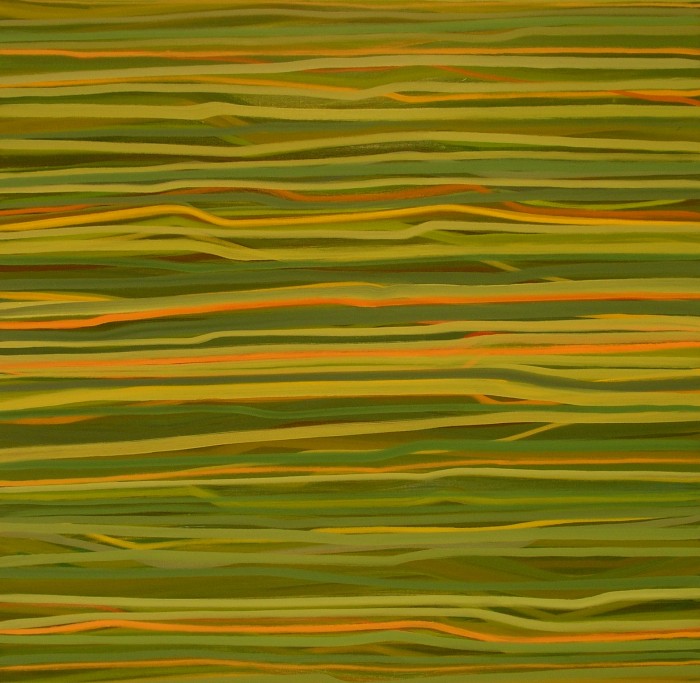Exploring Line
Susan Monserud




As an architect who paints and draws (or as an artist who is also an architect), LINE has always been compelling to me. Its qualities are aesthetic, informational, ambiguous, and surprising.
Line is an everywhere experience: you look and see, listen and hear, perceive and sense regardless of place and time.
Line is mark-making’s most essential element. Line is indispensable for map making, writing language, creating alphabets, doing calligraphy, using numbers, painting brushstrokes, showing near and far, telling up and down, distinguishing concepts and ideas, vectors and directions.
Line is straight or curved, thick or thin, relative or absolute, parallel or overlapping, complete or unfinished, clear or ambiguous, continuous or interrupted.
Line divides space. When line is multiplied, it creates mass, shape or form.
Line works to transform the three-dimensional world into two, for ex/ perspective,
with vanishing points, horizon lines and points of view.
Line has dimension—short or long, measured or proximal, limited or infinite.
Line has movement and direction. Line suggests repetition and rhythm. It records the beating of a heart. It is in poetry, music, melody, drama, dance as well as in fly-fishing, sports and travel.
Line is contour, edge, side, and boundary.
Line is evolution, lineage, sequences, and a circuit or loop .
Not least of all, line has been essential for centuries in architectural drawing.
Line in geometry is a concept, which includes but is not limited to an infinitely-extended one-dimensional figure with no curvature. (Dictionary Wikipedia: Line / Geometry)